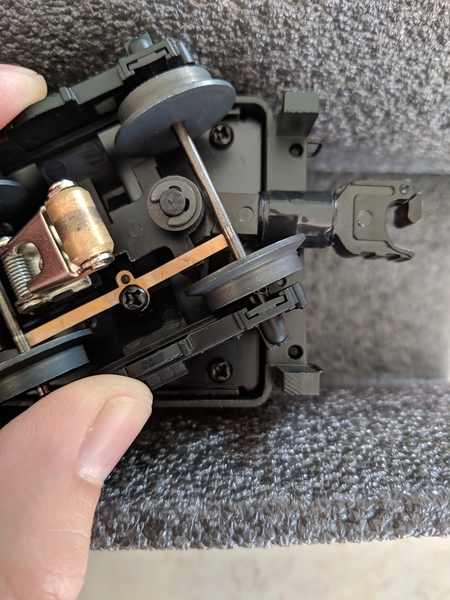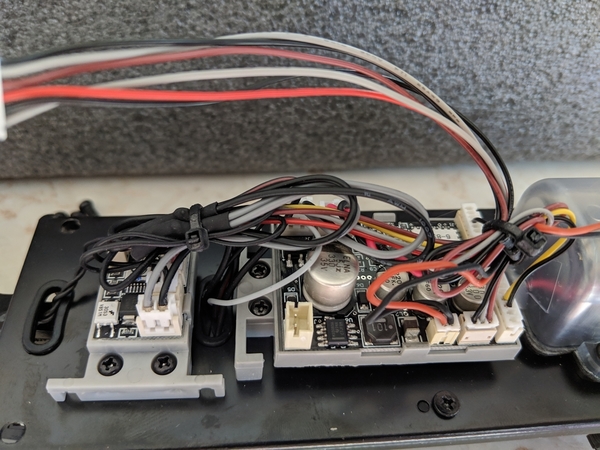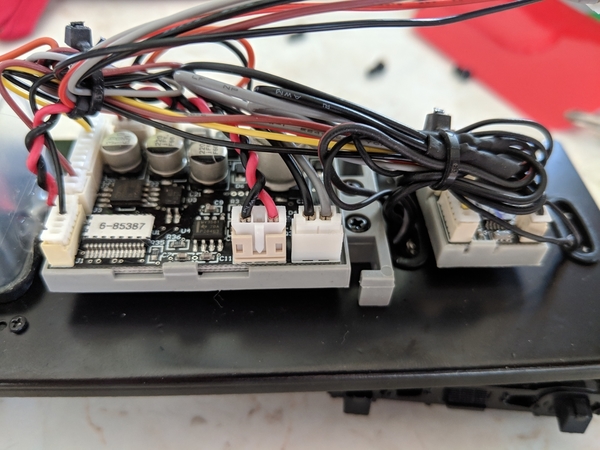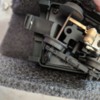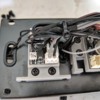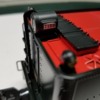Before this thread gets closed, I would like to weigh in a bit.
I saw a documentary some years ago on CBS about factories in China; put on at the time that toxic pharmaceuticals were entering the country.
After seeing it, I am sympathetic to Lionel and its design and specification engineers. At that time, a client cannot enter a factory and inspect the process; a factory's workers may put in 18 hour days to make an order delivery; some fall asleep exhausted at their work stations; the factories are akin to our own at the turn of the 19th to 20th century (ours also went thru an evolutionary process) ; the drive is to complete the order on time.
I mean no offense to the Chinese culture, but precision and quality are not up front yet; it is what it is at this time. I knew this before buying Lionel and am thankful for Lionel warranty support and will still stick with Lionel.





